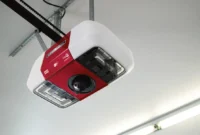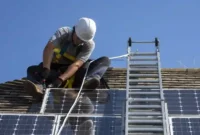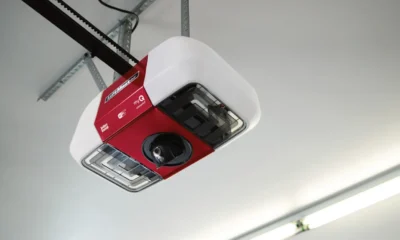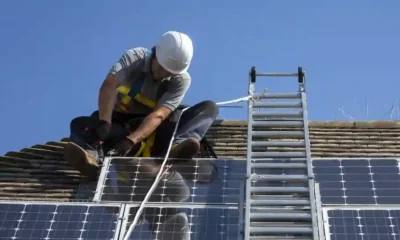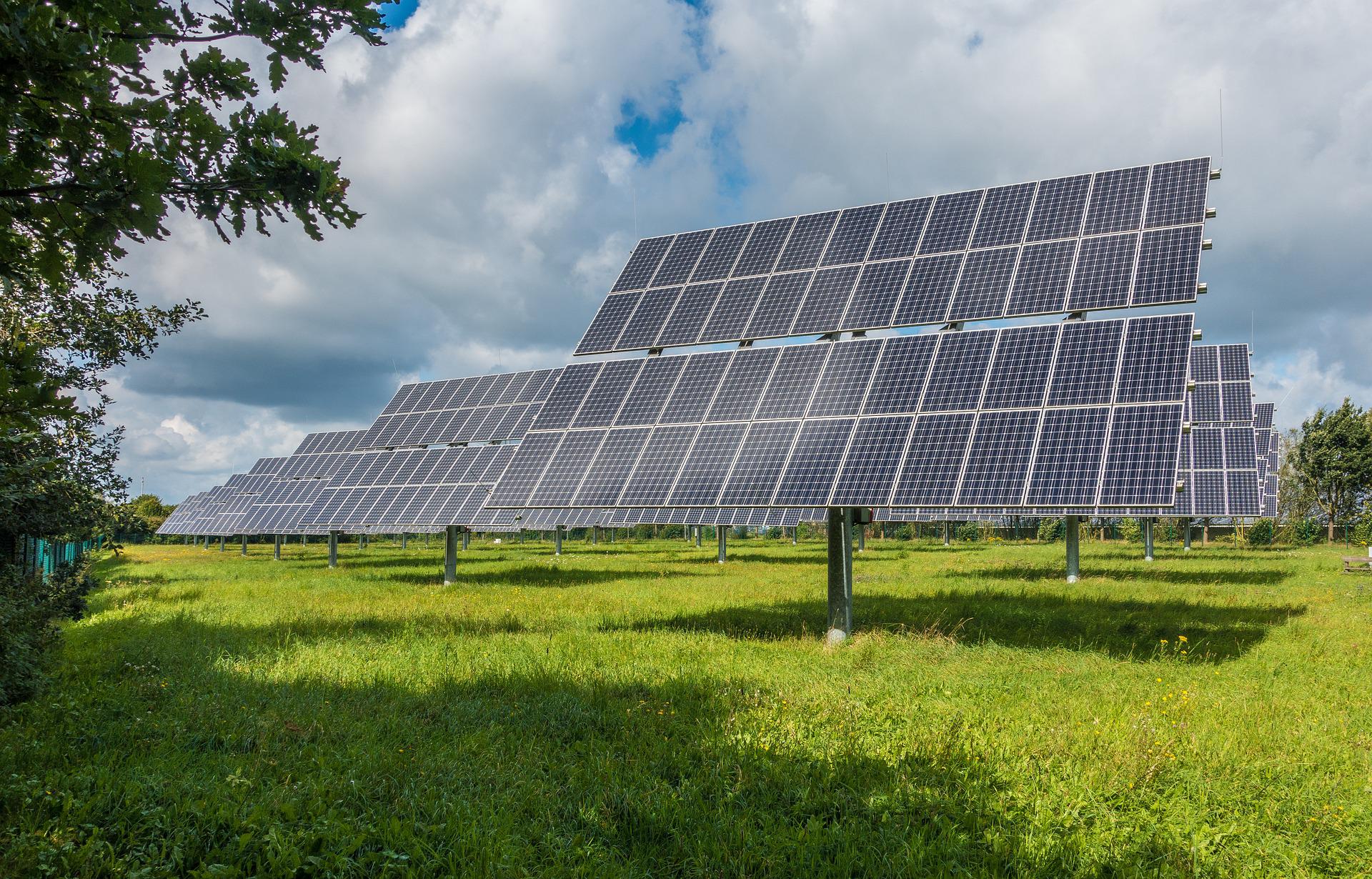
There are several advantages to having solar panels installed in your home. When making this decision, most people consider the cost, aesthetics, and energy efficiency of adding a sunlight-based power system. One component of solar panels affect all the three factors mentioned previously and that is the type of solar panels you select. The various types of panels available today influence their installation on your roof and hence, is one of the most important aspects to consider..
As you can guess, each type of solar panel at solar energy companies has advantages and disadvantages, so knowledge of each is necessary. This article will be your guide in getting informed about various solar panel types and their uses. So without further ado, let’s learn about themsolar panel types.
Types Of Solar Panels Available at Solar Energy Companies
Monocrystalline
Monocrystalline solar panels are the oldest and the most advanced type. This kind of panel gets its name from the use of silicon solar cells that are all made from a single crystal, hence, called monocrystalline. To make these cells, wafers of pure silicon are manufactured and sliced. During this procedure, the edges are rounded and smoothed out to increase the power output of the solar cells. According to solar energy companies, this process is time-consuming and inefficient, yet this method gives monocrystalline cells their distinct appearance.
Monocrystalline Solar power systems are among the most expensive panels on the market because they use the purest silicon. Monocrystalline variants maybe more costly , but they last longer and are more efficient than polycrystalline cells (a type we’ll be discussing in the next section);the cells produce more power when formed by a single crystal. Monocrystalline cells have a uniform black appearance. If you want a sleek black solar panel that is up to date, these are the best options.
Polycrystalline
Polycrystalline panels, also known as “multi-crystalline,” are frequently regarded as mid-range panels. Polycrystalline solar panels are less expensive than monocrystalline ones, but they perform worse.
Silicium is used in the manufacture of polycrystalline cells, as well as monocrystalline ones. Polycrystalline, on the other hand, are made up of numerous (Poly) pieces of silicon crystal that have been fused together during the melting process. Polycrystalline solar panels have lower efficiency and a shorter lifetime as a result. It also takes longer for them to produce energy than the monocrystalline variants. That is, they do not receive the same return on their investment. Electrons have less room to move around in each cell due to the large number of crystals present.
To make polycrystalline panels, raw silicon is melted together and poured into a square mould to form wafers. Polycrystalline cells do not require each of their four sides to be cut, as monocrystalline ones do. This is good for the environment because it reduces the amount of garbage generated. This method is more efficient and less expensive in the long run than making the other expensive types of panels. By joining these wafers together, a polycrystalline panel is created.
Thin-film
In contrast to monocrystalline and polycrystalline solar panels, thin-film panels are flexible, sleek, and low-profile. The crystalline wafers in the other variants are around 350 times thicker than the cells inside the thin panels.
Thin-film solar panels with high efficiency and low cost are made with materials such as silicon, cadium telluride, and copper indium gallium selenide. The semiconductor is sandwiched between two transparent conducting layers, with a layer of glass on top. This silicon is not the same as that used to make solid silicon wafers;silica of this type does not crystallize.
Thin-film solar panels have lower efficiency and power capacity than crystalline solar panels. More roof space is required to generate a significant amount of solar power with an efficiency of up to 11%. They also degrade faster than crystalline panels, resulting in the shortest warranties possible.
Conclusion
Much of your selection about the sort of solar panel you want for your system will be based on the details of your land and circumstances. Monocrystalline, polycrystalline, and thin-film panels each have benefits and drawbacks, and the solution you should pursue depends on your property and your solar project objectives.
Read also : How To Identify Trustworthy Solar Energy Companies?
Related posts:

Categories
- Apps (1)
- Automotive (23)
- Beauty (7)
- Business (117)
- Celebrities (2)
- Digital Marketing (21)
- Ecommerce (1)
- Education (18)
- Entertainment (25)
- Events (6)
- Features (4)
- Fitness (10)
- Food (1)
- Forex & Crypto (15)
- General (105)
- Health (48)
- House (61)
- Lifestyle (48)
- Marketing (8)
- Parenting (3)
- Pets (10)
- Real Estate (7)
- Safety and Security (11)
- Social Media (20)
- Sports (96)
- Technology (67)
- Travel (22)
